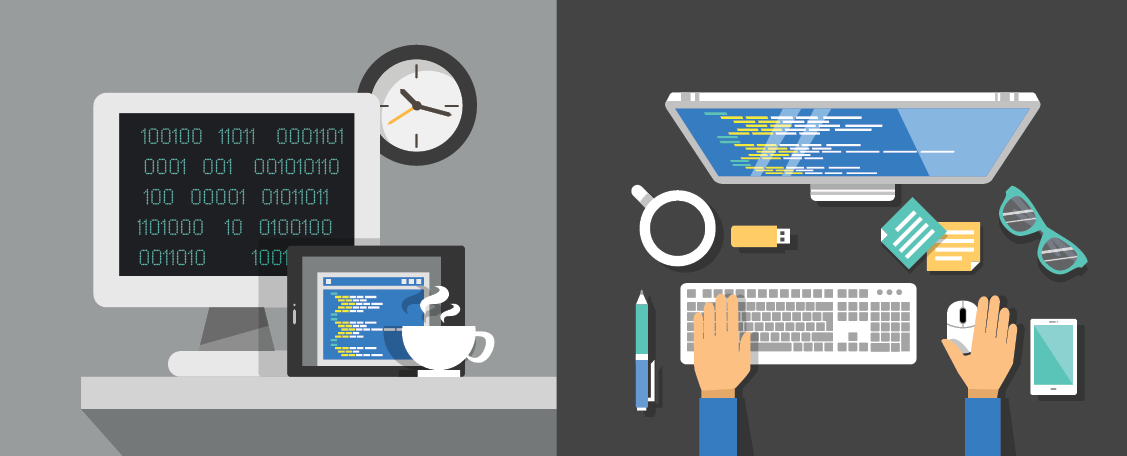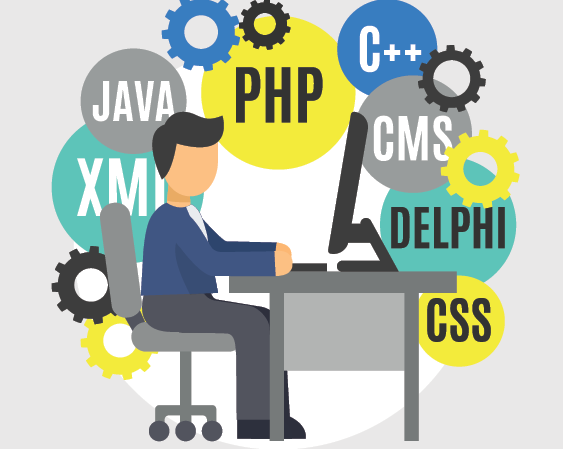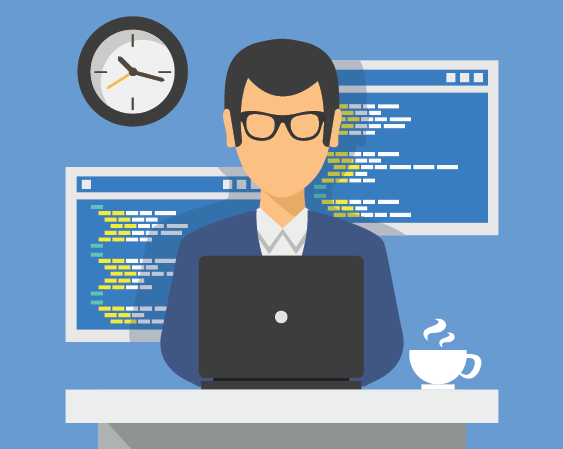
Intellectual Property News That Affects Your Business
"Work-For-Hire” Doctrine as Protection for your Software
January 16, 2017
Introduction
Innovative custom software has become the instrument for success in today’s economy. Software developers and the software they create come in all shapes and sizes. The developer could be a family friend or relative. The developer could be solicited from Craigslist. Businesses could simply be enticed by the developer’s website that offers a range of software development services. Once the developer is hired, the type of software can be configured in various ways. The software can stand alone. Or it can be an add-on or customization of existing platforms such as Salesforce.com or Magenta.
In all of these instances, no matter the identity of the developer or the level of programming to be performed, businesses should make sure they own their custom software. Otherwise, the developer can often leave the job and walk away with the source code and the digital components of the custom software, leaving the business to struggle with having to start from scratch or reconstruct the developer’s work risking a copyright infringement action by the developer.

Copyright Ownership and the “Work-for-Hire” Doctrine
Many businesses operate under the misconception that if they hire a developer, they own the software. That is not always the case. Under Copyright Law, the one who creates a work is, by default, the owner of the work. One exception is the “work-for-hire” doctrine. The doctrine permits a company to maintain the copyright ownership of a work in its name even though an employee created and developed the copyrightable work.
Under the “work-for-hire” doctrine, the classification of the worker who creates the software, either as an employee or an independent contractor, matters greatly. With an employee, a business often holds the copyright to the employee-created work. The hiring business would have to prove the existence of an employee/employer relationship and that the copyrightable work, i.e. the software, was created in the scope of the employment relationship. While this analysis can be quite easy for a company with an internal technology department, most businesses rely on independent contractors for their technology needs.
With an independent contractor, the hiring business holds the copyright to a work when it proves three elements: (1) the copyrightable work was specially ordered or commissioned by the hiring company, (2) the copyrightable work created by the contractor falls into one of the nine “work-for-hire” categories are: (a) a contribution to a collective work, (b) a part of a motion picture or other audiovisual work, (c) a translation, (d) a supplementary work, (e) a compilation, (f) an instructional text, (g) a test, (h) answer material for a test, or (i) an atlas. The challenge for this analysis lies in its application to software developed by an independent contractor.
Copyright Ownership of Software
Created by Independent Contractors
The problem with software development by an independent contractor is that many courts found it difficult to place software into one of these categories. Therefore, those courts concluded that software can never be developed by independent contractors on a “work-for-hire” basis. The business had to obtain a proper assignment in order to hold the copyright in the software.
In recent developments, courts have expanded the scope of the “work-for-hire” doctrine to include the independent contractors of the technology field, software developers. This trend towards judicial acceptance of the “work-for-hire” doctrine for independent contractors demonstrates that judges have begun to understand the creation process and function of source code within software.
For instance, in IXL, Inc. v. AdOutlet.Com, Inc., the United States District Court for the Northern District of Illinois found that source code of the hiring business’ website qualified as a contribution to a collective work under the “work-for-hire” doctrine. The source code for each section of website constituted a separate, independent work and thus, the independent contractor contributed to the whole collective work. In Stanacard, LLC v. Rubard, LLC, the United States District Court for the Southern District of New York held that the company’s new software system qualified as a compilation under the doctrine because different computer program components were created and combined in order to form the whole copyrightable work.
Steps to Protect Ownership of Software
The following are some ways a business can protect its ownership of software developed by employees or independent contractors:
-
Employers should include the “work-for-hire” language within their contracts for employees as well as independent contractors.
-
Contracts with software developers should always include transfer language where the developers agree to transfer all rights and ownership he or she owns with any copyrightable work created in the course of their employment relationship.
-
Source code can also be protected by trade secret law but the hiring company must demonstrate that the software is not generally known to the public, confers some sort of economic benefit to the owner, and is maintained by reasonable efforts of security.
-
Contracts with employees and independent contractors should contain confidentiality clauses that specifically identify the software in its definition of confidential information.
-
Where appropriate, a non-compete clause can restrain the use of the software for anyone other than the business. One caveat with non-competes. They must be carefully drafted to be reasonable in terms of scope and duration to be enforceable.

Conclusion
A business can put itself ahead of competitors with custom software or add-ons. With the proper protections in place, that business can also assure that the ownership of the custom software remains with the business and does not follow the Craigslist software developer out the door.

